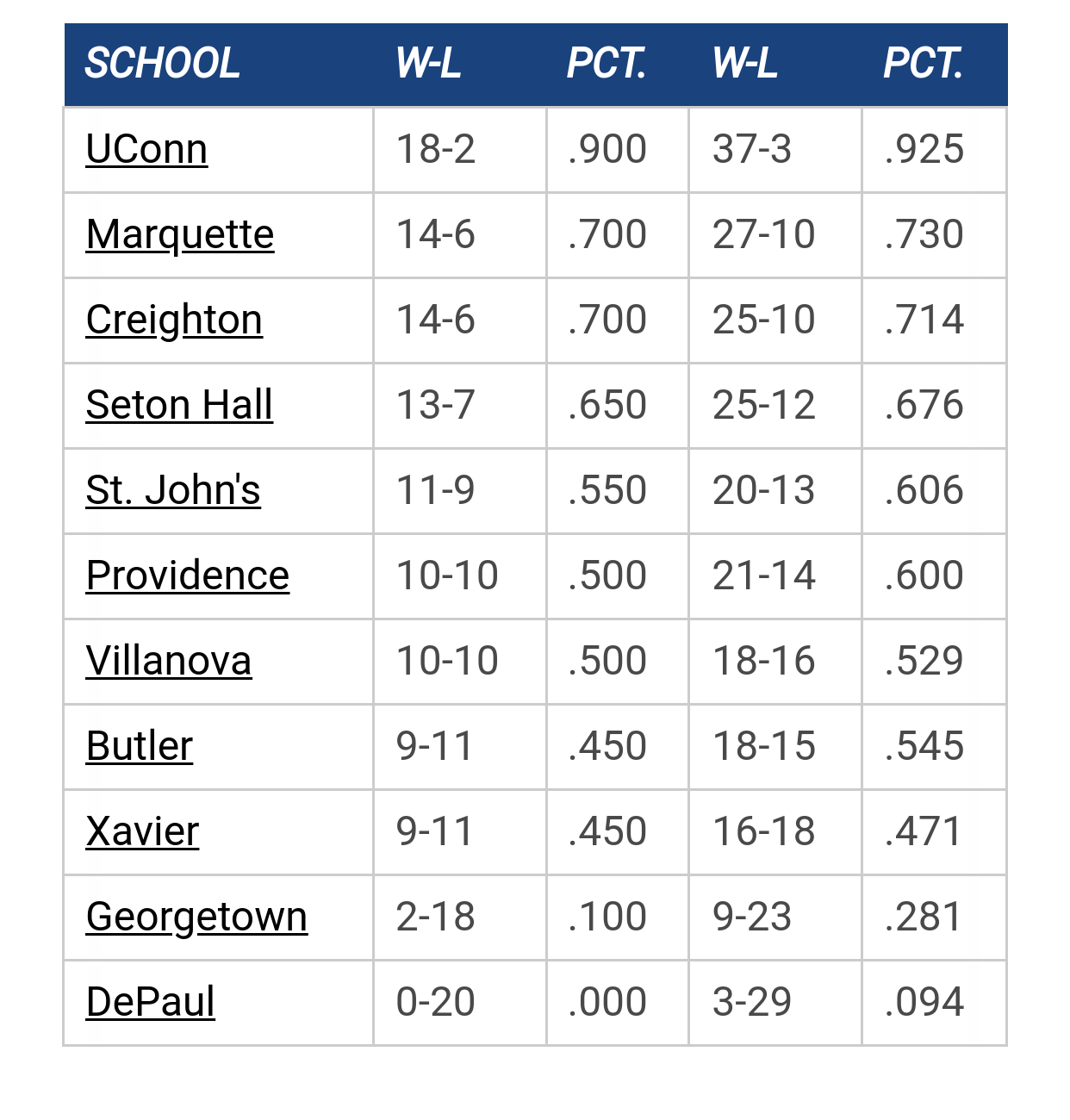- Welcome to MUScoop.
New Jerseys by mu_hilltopper
[Today at 08:24:50 PM]
Going Positive by Zog from Margo
[Today at 08:21:23 PM]
Big East job rankings by brewcity77
[Today at 08:09:21 PM]
2025-26 Big East Conference TV Schedule by Mr. Nielsen
[Today at 06:21:56 PM]
DeAndre Haynes by brewcity77
[Today at 06:17:02 PM]
[Paint Touches] Analyzing Chase Ross’s Slump: What Went Wrong? by jesmu84
[Today at 05:17:47 PM]
SOTG by brewcity77
[Today at 05:17:43 PM]
[Today at 08:24:50 PM]
Going Positive by Zog from Margo
[Today at 08:21:23 PM]
Big East job rankings by brewcity77
[Today at 08:09:21 PM]
2025-26 Big East Conference TV Schedule by Mr. Nielsen
[Today at 06:21:56 PM]
DeAndre Haynes by brewcity77
[Today at 06:17:02 PM]
[Paint Touches] Analyzing Chase Ross’s Slump: What Went Wrong? by jesmu84
[Today at 05:17:47 PM]
SOTG by brewcity77
[Today at 05:17:43 PM]
The absolute only thing required for this FREE registration is a valid e-mail address. We keep all your information confidential and will NEVER give or sell it to anyone else.
Login to get rid of this box (and ads) , or signup NOW!
Villanova Date/Time: Jan 10, 2026, 1:30pm TV: TNT/TruTV Schedule for 2025-26 |
||||||
User actions


